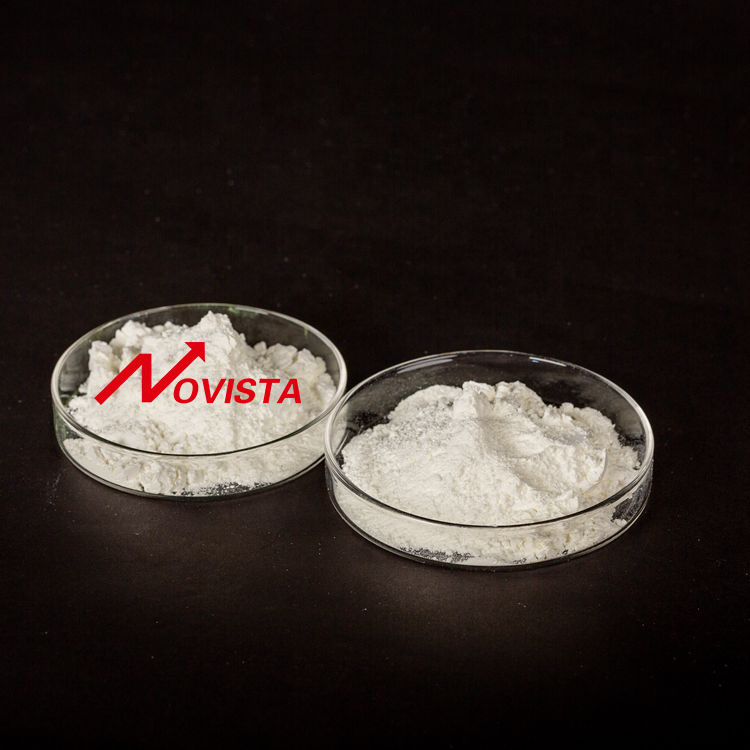How to Optimize the Ratio of Zinc Stearate and Calcium Stearate in PVC Applications

In a calcium-zinc stabilizer system, there are distinct differences in the lubrication behavior between zinc stearate (ZnSt) and calcium stearate (CaSt), which are closely related to their compatibility with PVC during processing, migration rate, and functional stages. Below is an analysis of their lubrication mechanisms and formulation optimization recommendations:
1. Lubrication Characteristics of Zinc Stearate (ZnSt)
- Primary Function: Primarily serves as an external lubricant, with weak internal lubrication capabilities.
- Mechanism Analysis:
- External Lubrication Advantage: ZnSt has poor compatibility with PVC resin, allowing it to more easily migrate to the melt surface during processing, where it forms a lubricating interface layer that reduces friction between the melt and equipment (e.g., screw, die).
- Temperature Sensitivity: With a relatively low melting point (~120°C), ZnSt quickly migrates to the surface during the early stages of processing, showing strong external lubrication effects.
- Synergistic Stabilizing Effect: As a zinc-based heat stabilizer, ZnSt can capture HCl released from PVC decomposition. However, its lubrication performance needs to be balanced with calcium soaps (e.g., CaSt).
2. Lubrication Characteristics of Calcium Stearate (CaSt)
- Dynamic Functional Stages:
- Early Processing (Plasticization Phase): Primarily acts as an internal lubricant.
- CaSt exhibits better compatibility with PVC molecular chains, dispersing within the melt to reduce internal friction, enhance plasticization, and improve melt strength and uniformity.
- Later Processing (High Temperature & Shear Phase): Gradually develops external lubrication effects.
- As processing temperature and shear time increase, CaSt—due to its weaker polarity—partially migrates to the melt surface, forming a lubricating film that aids demolding and prevents adhesion to equipment.
- Functional Advantages:
- Melt Strength Enhancement: Improves melt flowability through internal lubrication, reducing melt fracture from excessive shear.
- Thermal Stability Synergy: As a calcium-based stabilizer, CaSt neutralizes HCl and helps delay the onset of "zinc burning" caused by zinc soaps.
3. Key Points on Their Synergistic Effects
- Zinc Stearate: Primarily functions as an external lubricant with poor compatibility with PVC, making it prone to surface migration. It captures HCl rapidly but may cause zinc burning. Excess amounts may delay plasticization and reduce surface gloss.
- Calcium Stearate: Acts as an internal lubricant during early processing and shifts to a synergistic internal-external lubricant later. It is more compatible with PVC, provides long-term thermal stability, and helps suppress zinc burning. Excessive use may reduce plasticization efficiency or cause blooming.
4. Formulation Optimization Strategies
1) Ratio Adjustment
- Typical ZnSt to CaSt Ratio:
- CaSt:ZnSt = 2:1 to 3:1
- (e.g., CaSt 0.5–1.0 phr, ZnSt 0.2–0.5 phr)
- For high-shear processes (e.g., extrusion): increase ZnSt to enhance external lubrication.
- For complex products (e.g., transparent sheets): reduce ZnSt to avoid increased surface haze.
2) Compound Lubricant Enhancement
- To compensate for ZnSt's limitations in demolding, add oxidized polyethylene wax (OPE wax, 0.1–0.3 phr) for better high-temperature release properties.
- To balance early plasticization, add glycerol monostearate (GMS, 0.1–0.2 phr) to enhance internal lubrication and avoid insufficient melt strength.
3) Dynamic Lubrication Matching
- Processing Stage Adjustments:
- If plasticization takes too long (excess external lubrication): reduce ZnSt, increase CaSt or internal ester lubricants.
- If melt surface is rough (insufficient external lubrication): increase ZnSt or add OPE wax.
5. Experimental Validation Methods
- Torque Rheometer Testing:
- Observe plasticization time (T₀) and equilibrium torque (Mₑ).
- Higher CaSt content shortens T₀ and lowers Mₑ, indicating enhanced internal lubrication.
- Surface Property Analysis:
- Use SEM or gloss meters to assess product surface.
- Excess ZnSt may reduce gloss due to overly thick external lubrication layers.
- Thermal Stability Testing:
- Perform dynamic thermal aging tests (180°C for 10 min) to verify CaSt's ability to suppress zinc burning.
Conclusion:
Calcium stearate exhibits dynamic lubrication behavior (transitioning from internal to external), while zinc stearate primarily provides external lubrication. Their synergy achieves balanced lubrication throughout processing. Formulation design must account for processing methods, thermal stability requirements, and surface quality expectations.
By adjusting their ratio, one can optimize the lubrication system and avoid side effects from excessive use of a single lubricant.
Alternatively, the One-Pack Ca-Zn stabilizers which have already included CaSt and ZnSt can be directly used or used as a base and fine-tuned to simplify formulation development.





